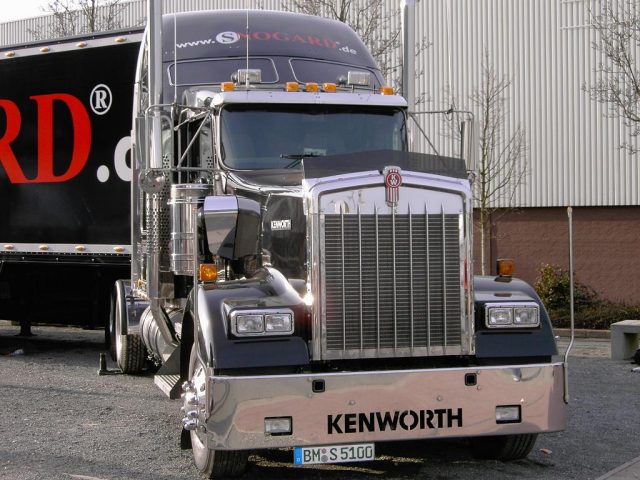American Trucking Associations’ Chief Economist Bob Costello said the current driver shortage has risen to 80,000 – an all-time high for the industry.
“Since we last released an estimate of the shortage, there has been tremendous pressure on the driver pool,” Costello said. “Increased demand for freight, pandemic-related challenges from early retirements, closed driving schools and DMVs, and other pressures are really pushing up demand for drives and subsequently the shortage.”
A one-page summary of Costello’s estimate said that, based on driver demographic trends, including gender and age, as well as expected freight growth, the shortage could surpass 160,000 in 2030.
There is no single cause of the driver shortage, but some of the primary factors include:
o High average age of current drivers, which leads to a high number of retirements;
o Women making up only 7% of all drivers, well below their representation in the total workforce;
o Inability of some would-be and current drivers to pass a drug test, a problem exacerbated by an
increasing number of states legalizing marijuana (a substance still banned federally);
o The federally mandated minimum age of 21 to drive commercially across state lines poses a
significant challenge to recruiting new drivers;
o The pandemic caused some drivers to leave the industry, plus truck driver training schools
trained far fewer drivers than normal in 2020;
o Lifestyle issues, notably time away from home, especially in the longer-haul market;
o Infrastructure and other issues, like a lack of truck parking spots, which causes drivers to stop
driving earlier than they need to so they can get a spot for the night, and congestion which limits
drivers’ ability to safely and efficiently make deliveries;
o Other barriers to entry like inability of potential candidates to meet carriers’ hiring standards for
driving record or criminal histories.
“A thing to note about the shortage is that before the pandemic, we were adding drivers to the industry – even though we had a shortage, more people were entering the industry,” Costello said. “The issue is that new entrants into the industry didn’t keep up with demand for goods.”
In order to keep up with demand over the next decade, trucking will need recruit nearly one million new drivers in order to close the gap caused by demand for freight, projected retirements and other issues.
“Because are a number of factors driving the shortage, we have to take a number of different approaches,” Costello said. “The industry is raising pay at five times the historic average, but this isn’t just a pay issue. We have an aging workforce, a workforce that is overwhelmingly male and finding ways to address those issues is key to narrowing the shortage.
“Companies are doing more and more to address some of the structural lifestyle issues that have traditionally been a challenge for truck drivers,” he said. “So by finding ways to let younger people enter the industry like the Drive-SAFE Act, reaching out to women and minorities, will open this career path – one of the few with a path to a middle class lifestyle that doesn’t require a college degree – we can put a significant dent in the shortage.”











